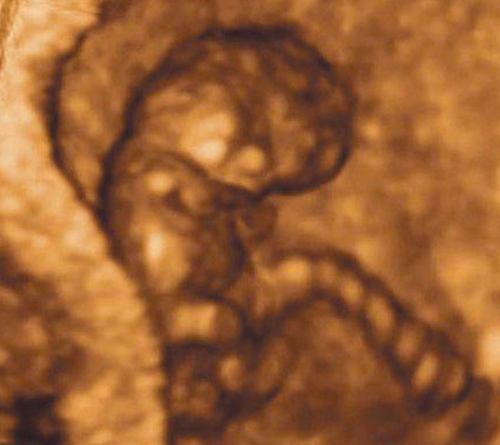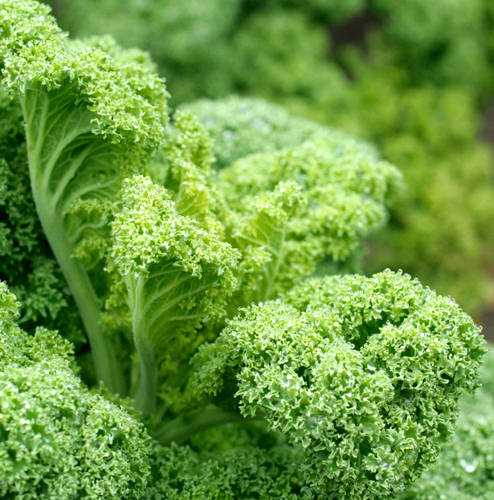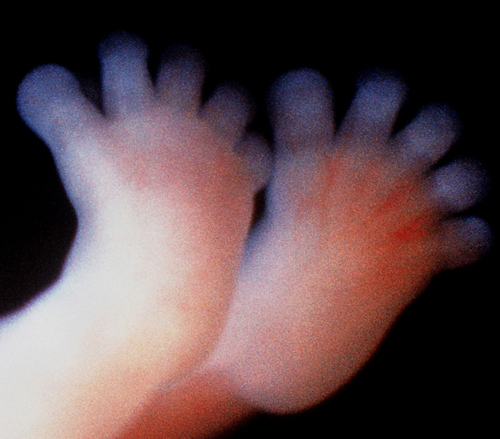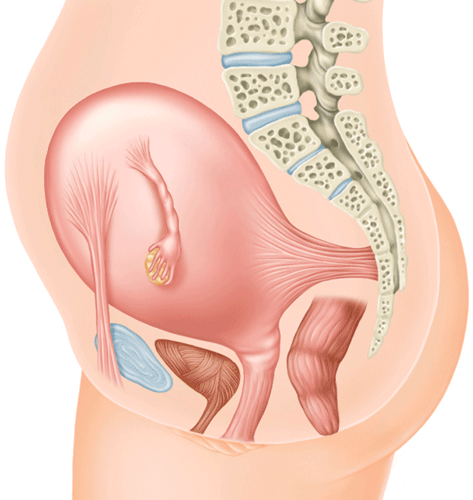You are 12 Weeks and 2 Days 194 days to go…
The bag of amniotic fluid is your baby’s home—it will keep him safe and free from infection until he is ready to be born.
Your baby today
In this ultrasound scan, the baby is seen floating in amniotic
fluid, which provides plenty of space for him to move around in. Later
in pregnancy, your baby will excrete waste products into the fluid, but
his bladder is still tiny and kidney function not yet established.

Your baby is safely cushioned in the amniotic fluid. This surrounds him, gives him space to move and grow, and helps him maintain a constant temperature.
The volume of fluid is only
1 ml at seven weeks but is 25 ml by this stage of your pregnancy. In
about six weeks’ time there will be around 60 ml, with plenty of room
for your baby to do lots of somersaults.
The amniotic
fluid increases steadily until around 32 weeks of pregnancy, then stays
constant until 37 weeks. It begins to reduce slightly thereafter by
about 8 percent per week.
Further on in the
pregnancy, waste products excreted in your baby’s urine will be absorbed
from the fluid back into your bloodstream. At 37 weeks, your baby will
urinate an astonishing one quarter to one third of his body weight every
day. Compare this with your own production of 2–3 percent body weight
as urine.
Your temperature directly
influences your baby’s temperature. Temperature control is not an
important requirement until later in pregnancy when your baby’s high
metabolic rate means that he needs to transfer heat to you in order to
cool himself down.
… Nutritionist
| Q: |
My appetite has come back, but how many calories should I be eating at this stage of my pregnancy?
|
| A: |
Like many women, you’re finding that the second trimester has
brought relief from the discomforts of early pregnancy. As a result, you
may have noticed you’re less nauseous and have more of an appetite.
Caloric needs in
the second trimester are approximately 2,100–2,500 calories per day,
depending upon your level of physical activity. You shouldn‘t eat
unlimited snacks, and when you do snack, opt for foods with nutritional
value. For example, one banana has about 100 calories, and a handful (1
oz) of nuts about 170 calories. For a light 200-calorie snack, you can
eat two pieces of whole-wheat toast spread with a small amount of butter
and jam; a small bowl of cereal with skim milk; or a small can of soup
with a slice of bread and butter.
If you’re exercising regularly, you can of course increase your calorie intake without gaining excess weight.
|
… Nutrition
Iron-rich foods
If you’re suffering from pregnancy fatigue, try boosting your intake of foods that are rich in iron. Eat plenty of:
Vitamin C helps your
body absorb more iron from your diet, so try drinking fresh orange juice
with meals, and limit your intake of coffee and other caffeinated
drinks: caffeine inhibits your body’s ability to absorb iron.

You are 12 Weeks and 3 Days 193 days to go…
As your uterus grows to accommodate your baby, you may begin to notice a few twinges around your pelvis.
Your baby today
The toes are now separate and are all the same length. The ankle
joints are now mature enough to be working, although it will still be
many weeks before you are likely to be conscious of any kicks.

There’s a strong band of
connective tissue in your pelvis, supporting your uterus. Known as the
round ligament, this band has to stretch as your uterus expands, which
can cause some discomfort. The pain is generally felt in the groin or
lower abdomen and can be on either side. Although the pain starts in the
pelvis, it may travel up to your hips. You may feel a short, sharp
stabbing pain or a more prolonged, dull ache.
You will soon adapt and
find sitting and lying positions that cause you the least discomfort
and which may relieve discomfort. Also, try other common methods of pain
relief, too, such as taking a warm bath or resting comfortably with
your feet up.
Round ligament
pain is common in pregnancy and isn’t a cause for concern. See your
doctor, however, if you have sharp abdominal or pelvic pains don’t
resolve quickly or if your pain becomes crampy; if there is any
bleeding; if there is a burning sensation when you urinate; or if you’re
feverish. If you’re in any doubt, always seek medical advice.
The round ligaments,
which help support the uterus, stretch as the uterus enlarges and pull
on nearby nerve fibers and sensitive structures, causing discomfort.

Fertility treatment has had a huge impact on the number of multiple pregnancies.
In 1977, the year
before the world’s first “test tube baby” was born, the natural
occurrence of multiples in live births in the US was: twins 1 in 53;
triplets and other multiple births, 1 in 3,092.
Today, with the increased use of fertility treatments, those numbers are 1 in 618 for triplets and other multiple births.
… Twins
Carrying twins
If you’re expecting twins,
or more, it’s good to know that most multiple pregnancies are
straightforward and without complications. However, being pregnant with
multiple babies is going to be more challenging for your body to handle
than if you were carrying just one baby.
It’s wise to know about the slightly higher risk of certain conditions that can occur. These include:
Placenta previa (see Low-lying placenta)
Polyhydramnios
Poor growth of one or more babies, which may be caused by twin-to-twin transfusion syndrome
Premature labor.
The
fact that any of these conditions can develop is the reason why you’ll
have more prenatal checkups to preempt problems and minimize their
effects.